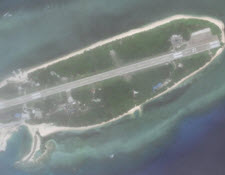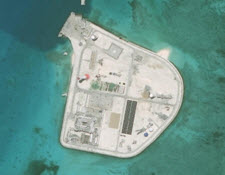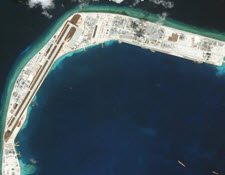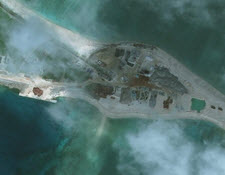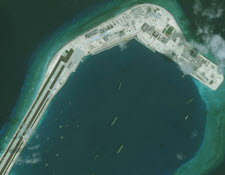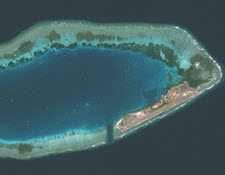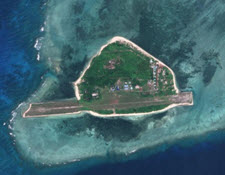Itu Aba Island
Itu Aba Island, along with nearby Zhongzhou reef, has been controlled by the Republic of China (Taiwan) since 1946. It is the largest of the naturally occurring features in the Spratly archipelago and the only one with natural freshwater supplies. Itu Aba has undergone roughly 32,000 square meters of land reclamation since August 2013 and is home to many notable facilities that have been built since the Republic of China took control. These include a hospital, weather stations, radar equipment, a solar-powered lighthouse, an airport, and airbase along with accompanying military and coast guard personnel.
